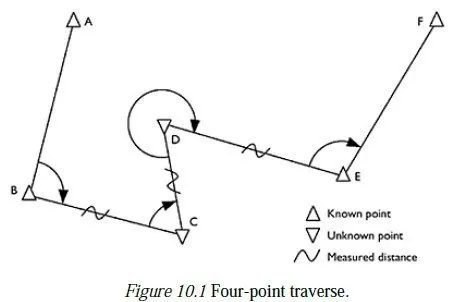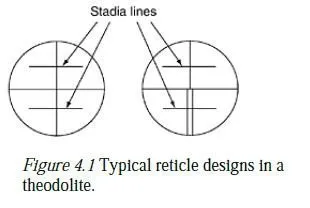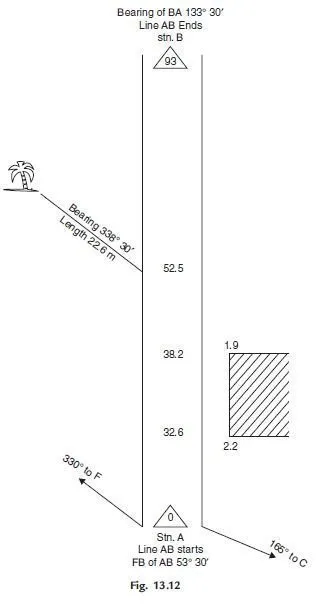The station points used in surveying are to be identified before executing any project: For this purpose, surveyors used permanent objects as reference points and made reference sketches of station points.
Navigators used sun and stars as references. Sometimes when the project is taken up the so called parmanent object (like building corner) may not exist when the execution of project work is taken up.
For navigations weather conditions may obstruct the observations. Now a days this problem is overcome by using an instrument called Global Positioning System (GPS). This was developed by United States defence department and was called as Navigational System with Time and Ranging Global Positioning System (NAVSTAR) or which is now simply known as GPS.
There are 24 geostationary satellites positioned around the earth by US air force. These satellites are used as reference points to locate any point on the earth. These satellites are at an altitude of 20200 km above the earth. The 24 satellites are positioned such that from any point on the earth a minimum of 4 satellites are visible.
A user needs only GPS receiver. The receiver measures the travel time of the signals from satellites and calculate position (latitude and longitude) and the elevation altitude of the station with reference to a selected datum. The advantages of using GPS are:
1. Can be used in day as well as in night.
2. Intervisibility of the two stations on the earth is not a requirement.
3. Time required to establish the position of a point is much less.
4. Man power required is less.
5. Accuracy is high. Most expensive GPS provide accuracies within 10 mm.
Uses of GPS
GPS is very useful in
1. Marine navigation 2. Airborne aviation
3. Surveying of land. 4. Sports such as yatching, hiking.
5. The sophistication of GPS has improved so much that drivers of automobiles can get directions to their destinations easily on the screen.



